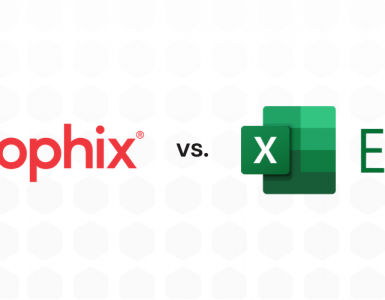Productivity in the construction industry has been falling steadily since the 1960s. With the incredible advancements in technology over the last 60 years, it’s a concerning trend, especially since construction remains one of the world’s largest and fastest growing industries. Some estimates put the construction industry’s growth at close to 4 percent a year through 2030.
This marked decrease in productivity is likely due to growing project complexity in the sector, coupled with the increased demand for new buildings and infrastructure. Greater job complexity creates a cascade of overlapping risks that put even the largest firms in perpetual jeopardy. If these jobs are not completed in a timely and productive manner, then construction firms run of the risk of losing profits.
So, why has productivity been steadily decreasing? According to a Construction Owners Association of America study, 63 percent of direct labor time on mega-construction projects is spent waiting for materials and equipment, traveling to the area, taking early breaks, and planning how to do the work.
A lack of productivity also applies to the use of equipment and materials. Expensive pieces of construction equipment sitting idle and huge stores of materials waiting in storage are balance sheet costs that drag down profitability.
 Many construction companies still cost and manage their jobs through spreadsheets. On multi-million-dollar jobs, finance teams must chart hundreds of thousands of spreadsheet cells that represent labor, equipment, materials, financial obligations, etc. This gives construction companies a limited ability to make revisions or forecast future costs. And if finance needs to make changes, an excessive amount of manual work is often required.
Many construction companies still cost and manage their jobs through spreadsheets. On multi-million-dollar jobs, finance teams must chart hundreds of thousands of spreadsheet cells that represent labor, equipment, materials, financial obligations, etc. This gives construction companies a limited ability to make revisions or forecast future costs. And if finance needs to make changes, an excessive amount of manual work is often required.
To increase productivity & succeed, construction companies need to ask more questions: If one variable is changing, how does that affect other jobs? If a job timeline changes, how does that affect the operational requirements for other jobs? How does this new timeline affect the company’s financial position?
The answer to these questions lies in the data. Yet, many construction companies lack access to the information they need. To gain a competitive advantage, construction companies need to leverage performance management tools to gain real-time access to their data, allowing them to effectively forecast job costing.
Want to learn more about Corporate Performance Management (CPM) software for the construction industry? Read our whitepaper.






